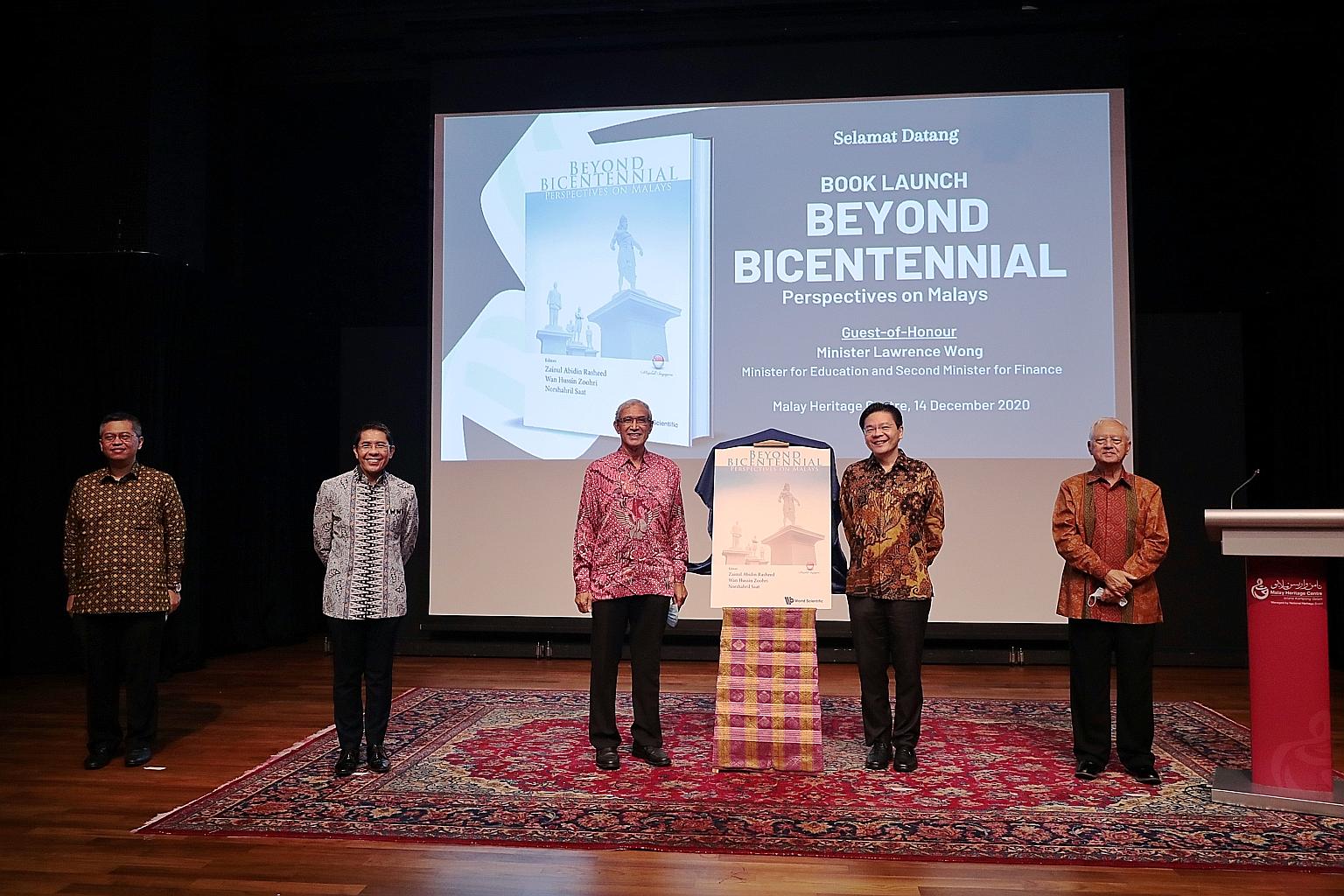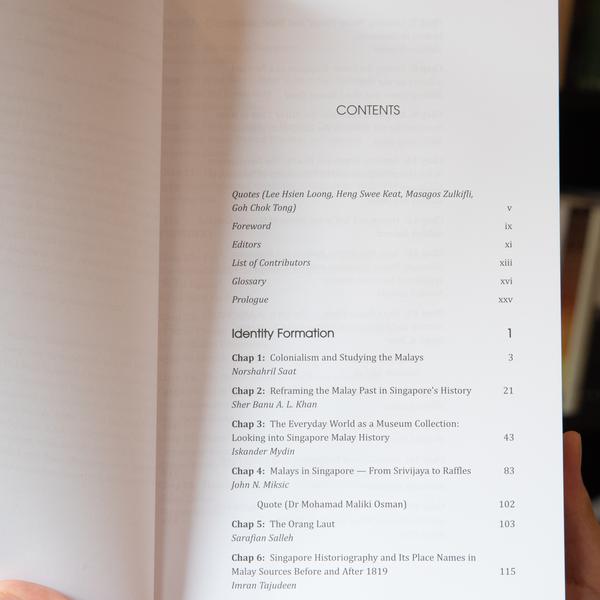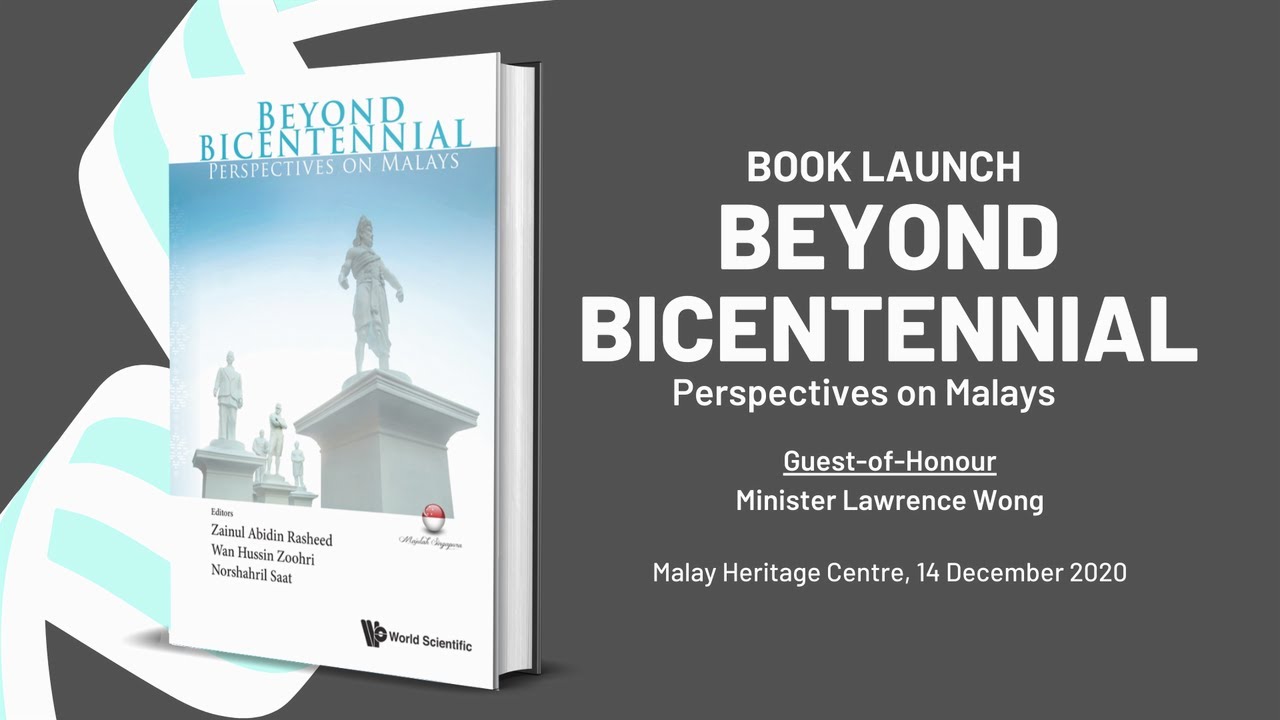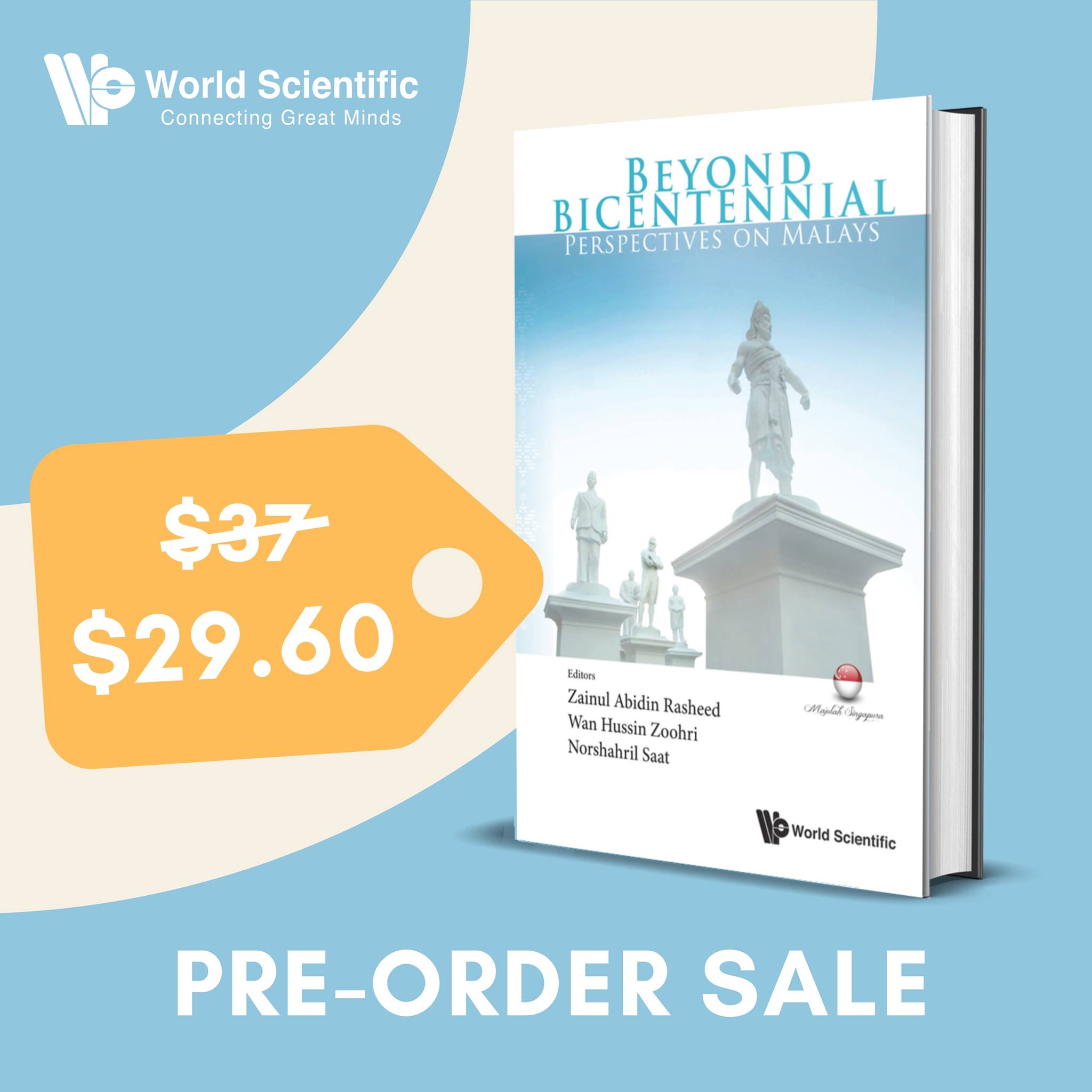Fill Me In
The Malays are Singapore’s largest ethnic minority. Handy introductions to their stories may be many, but hard to find. This new book on Singapore’s bicentennial and the role of Malay/Muslim communities will perhaps make their rich history more easily accessible.
Beyond Bicentennial: Perspectives On Malays is a collection of 45 essays on topics dating back to more than 700 years ago, when it is recorded that Sang Nila Utama first set foot on the shores of Singapore. The essays published are by thought leaders and prominent members of academia.
The book is also edited by Minister of State for Foreign Affairs Mr Zainul Abidin Rasheed, fellow at ISEAS-Yusof Ishak Institute Norshahril Saat, and former Minister of Parliament Wan Hussin Zoohri.
A glimpse into Singapore’s Malay history
The Malay community currently comprises 15 per cent of Singapore. Much of Malay history as we know it today was documented particularly in one landmark piece of Malay literature: A 17th-century chronicle called Sejerah Melayu, or the Malay Annals. Sejerah Melayu tells the story of Singapore from its founding as Temasek in 1299 AD.

Malay people are the true natives of Singapore, as there were numerous indigenous Malays living in Singapore when Sir Stamford Raffles arrived on its shores. It was Malay settlements that lined the Kallang River Basin and the Singapore River. But who exactly are the “Malays”? At the time, Malays consisted of clear descendants from different ethnic groups along the Malay archipelago, namely, the Orang Laut, Riau Malays, Javanese, Boyanese, Bugis, Minangkabaus, Banjarese and the Bataks. Of these, it was the Orang Laut who were Singapore’s original inhabitants.
At the time in 1819, it was estimated that there were only 1,000 Malay people on the island, of which there were 500 Orang Kallang, 200 Orang Seletar, 150 Orang Gelam, 100 Orang Lauts, and 20-30 Malays who were the followers of Temenggong Abdul Rahman. Five years later, in 1824, a census revealed that that the Malay population comprised of 60.9 per cent of a total population of 10,683.
More about the book: Beyond Bicentennial: Perspectives On Malays
According to book publisher World Scientific Publishing, the book’s objective is to provide documentation and representation of different Malays’ views. But more than that, it is also to push Singaporeans into thinking about the Malays’ contributions to Singapore as a nation, and not just for the Malay/Muslim community.

In a release, the publisher wrote “Beyond Bicentennial is for all Singaporeans. It provides an opportunity to explore how the past of one community has also shaped all of us, and how each of us and our multi-racial and multi-religious communities are connected and intertwined with one another.”
World Scientific Publishing also said that the book would hold some of the integral values that held well for Singapore’s forefathers, with values that would remain important to current and future Singaporeans.
Three editors, including Mr Zainul, had spent close to two years working on the book. They now hope that Singaporeans will pick it up in order to expose themselves to the varying viewpoints that the Malays of Singapore have and the roles that they played in the nation’s development.
“What makes this book different is it captures perspective on Malays – rather than providing a Malay perspective. Readers can get opinions from non-Malay contributors as well. It was a conscious decision by the editors to include their perspectives,” said Mr Zainul.
“It gives the book multiple, but balanced, perspectives on the Malays held by both Malay and non-Malay contributors.”
The gotong-royong spirit
The launch of Beyond Bicentennial: Perspectives On Malays was also graced by Mr Lawrence Wong, Singapore’s Minister of Education. Mr Wong said that the book is key to Singapore’s historical progress, as it is closely intertwined with Malay culture. He also noted that the country was a predominant part of the Malay world, comprising the Riau Islands and Johor.

He also pointed out that the book holds many of the values that make the fabric of Singapore’s valued multicultural society. Speaking at the launch, he said “the gotong-royong (cooperation in a community) spirit has helped us to strengthen care and trust in our society. Families relied on this community spirit to weather through hardships during the colonial period and through the Japanese occupation.”
Mr Wong added that a sense of cohesiveness and community remains relevant especially in times like the COVID-19 pandemic, which continue to test society. Mr Wong co-chairs the ministerial taskforce that metes out the Government’s response to the pandemic.

Beyond Bicentennial: Perspectives On Malays retails at $37 (paperback) and $96 (hard cover) at major bookstores, distributors and online. Whether you’re a SingLit nut or you’ve not picked a piece of local history up for a while, this is likely a good, and a certainly important read. Not just for the crucial Malay perspectives that it holds, but also for the non-Malay contributors who have weighed in on the journeys of Singapore from where it all began: with its native people.
Join the conversations on THG’s Facebook and Instagram, and get the latest updates via Telegram.














